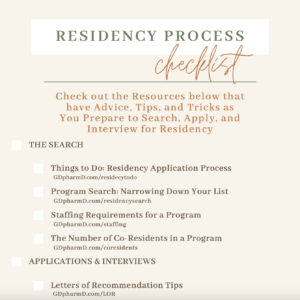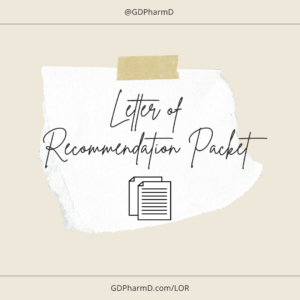If you’re starting your residency or well into it, by now, you’ve probably realized how many projects you need to manage. It can get really overwhelming really fast! One way to help with that is staying organized and really taking the lead and taking ownership of your projects.
There were many things that helped me manage my projects with the main one being making timelines ESPECIALLY for those more elaborate longitudinal projects, so let’s get into it! Check out the Instagram Reel
What’s a timeline?
Essentially it was a word document that I made that was associated with most (not all) of the projects that I had. It outlines important dates, deadlines, and what deliverables were expected by that date.
Why make a timeline?
It keeps you organized and it keeps you and your team accountable by setting achievable goals over time. I mainly used timelines for longitudinal projects, however, even for small things like journal clubs I still set personal goals of when I wanted things to be done.
Keep reading for steps I have for project management. Start with one project at a time! I’ll use my CE (Pharmacotherapy Rounds) as an example but will include more examples at the end of the blog post.
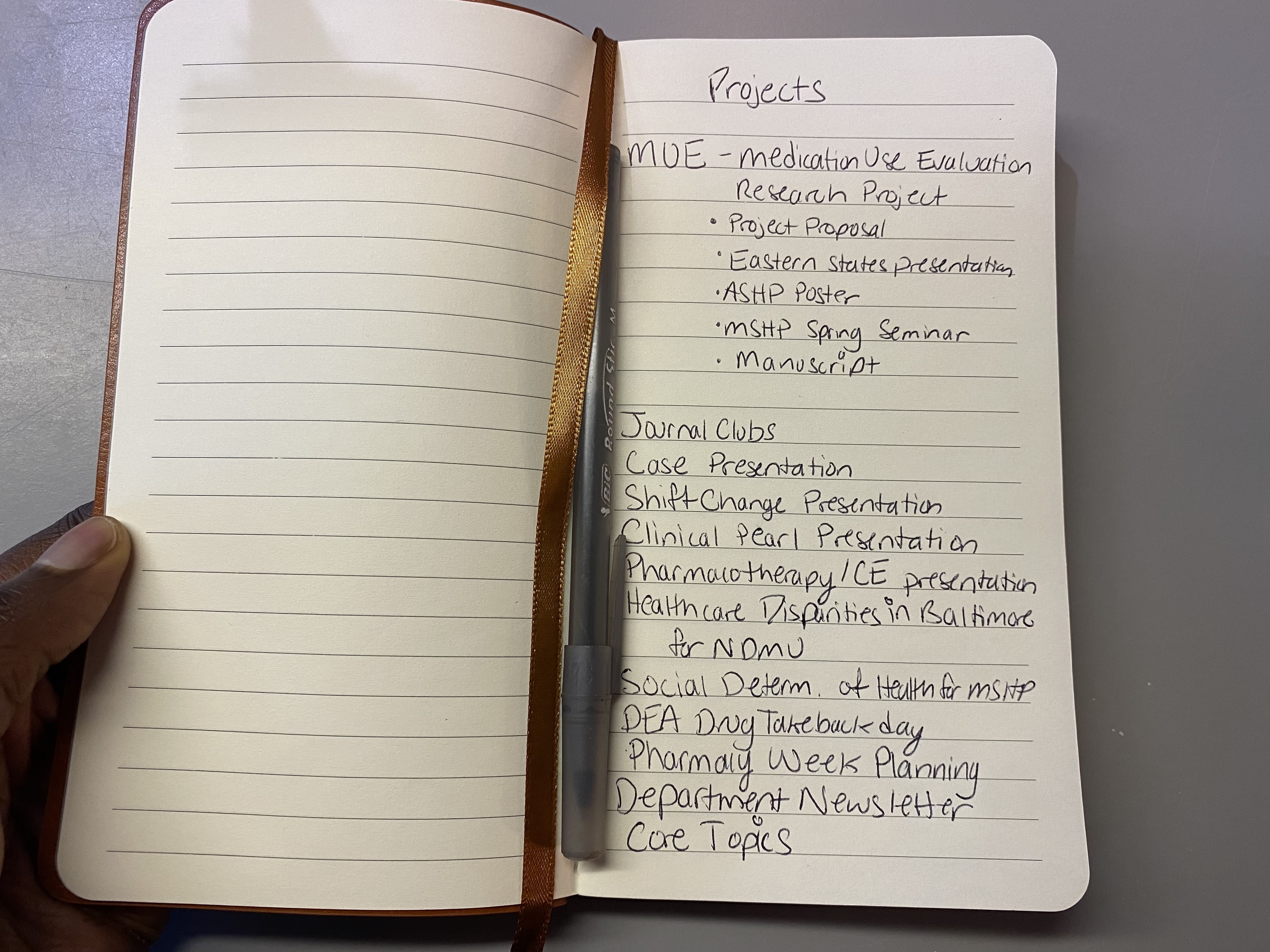
💊 STEP 1: Write Down All the Absolute Due Dates for the Project
Every project you work on will (and should) have a deadline. Sometimes, there can be multiple deadlines, so write down all those absolute deadlines. This can include any deliverable you need to hand in like slides, or a final meeting, and of course the final deadline.
Open up a notebook or word document and write all of those absolute dates down. PRO-TIP it’ll be helpful to also have a calendar nearby so you can see the days that the deadlines fall on.

💊 Step 2: Work Backwards From the Absolute Deadlines to Create Mini Due Dates
What are mini due dates? It’s a mix of:
- Essentially, they are milestones that you set along the way to break up a huge project into small parts and can include:
- Personal due dates you set for yourself
- Dates that you’ll send drafts to your advisors
- Dates that your advisors will send you feedback – this is HUGE. Your advisors have a lot on their plate, so giving clear dates on when you expect feedback from them is helpful for everyone to be on the same page.
- Dates you want to have meeting(s) with your team
Remember that you can plan to have things done way before a deadline to give yourself more room!
EXAMPLE: To illustrate this, I put the absolute deadlines in RED and the personal deadlines in BLUE
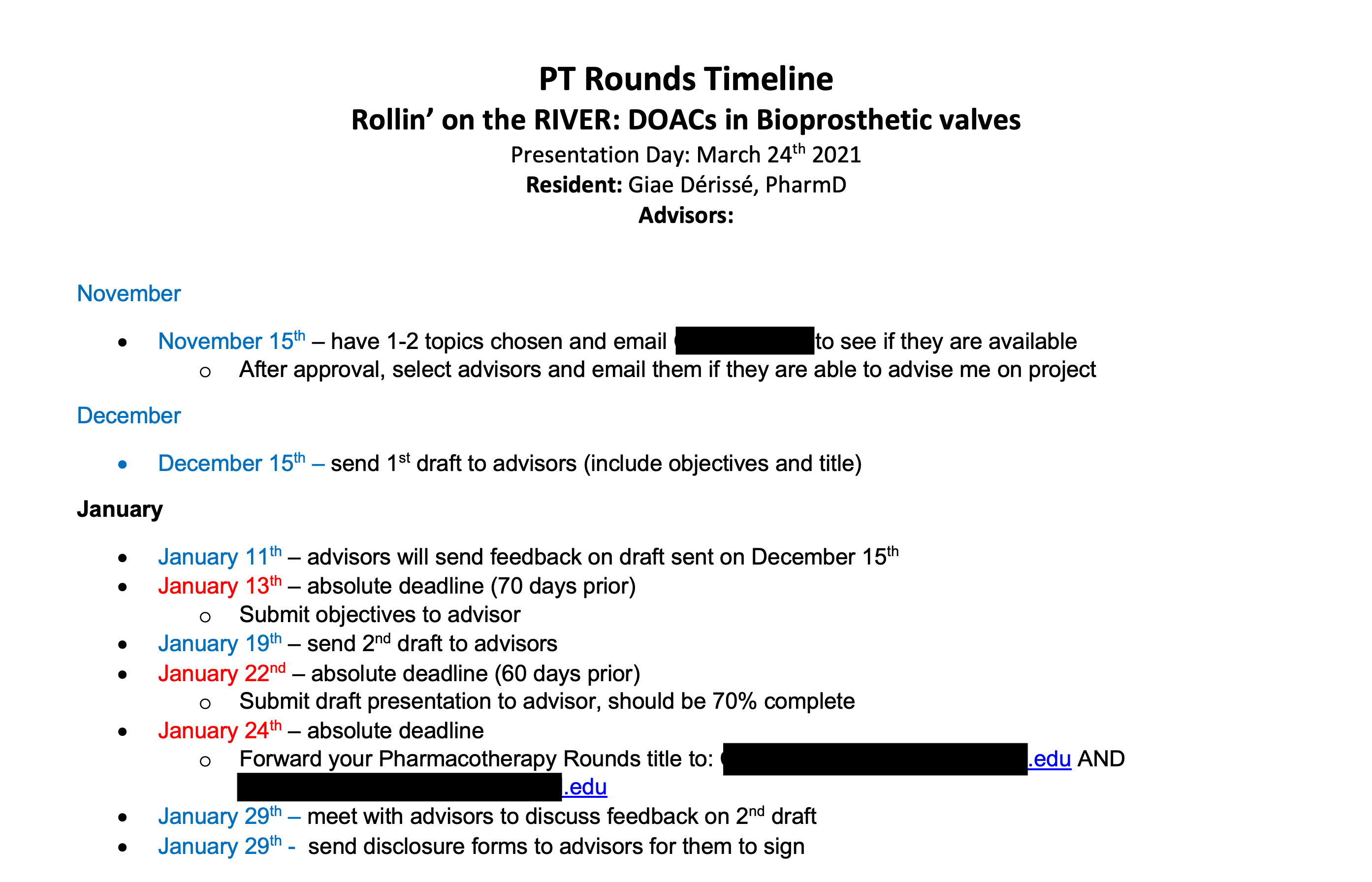
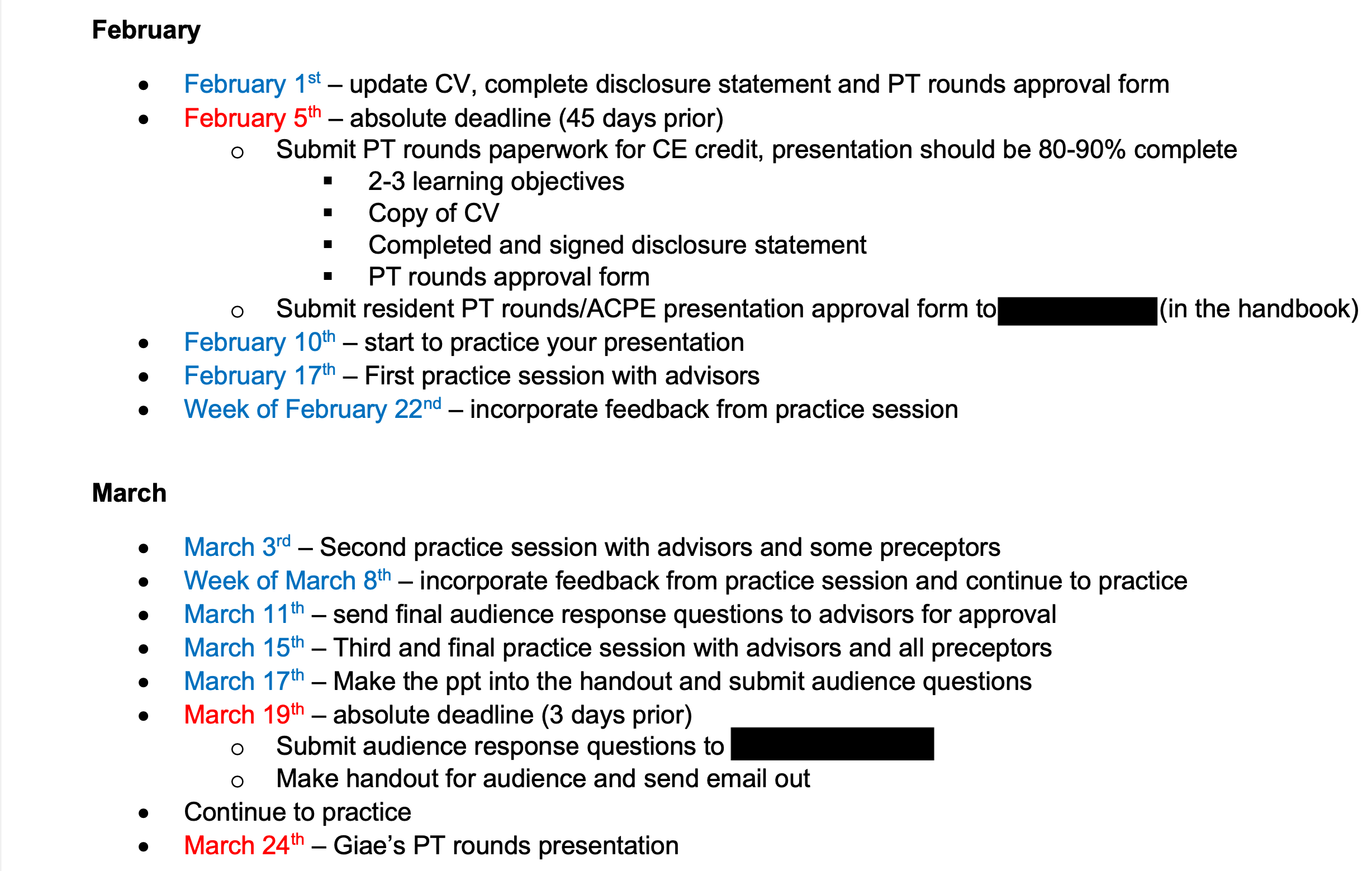
💊 Step 3: Double-Check Your Calendar to Make Sure the Dates are Realistic
- Do you have enough time between a personal deadline of this project and due dates for other projects?
- Look at the dates you set for your team to provide feedback – do they fall on a weekend or a holiday?
- If there’s a meeting you need to have, double check that it’s a date & time everyone is available (PRO-TIP in Microsoft outlook there’s a feature that allows you to see others availability)
💊 Step 4: Send the Proposed Timeline to Your Team and Ask If the Timeline Works for Them
A good way to make sure everyone is in agreement!
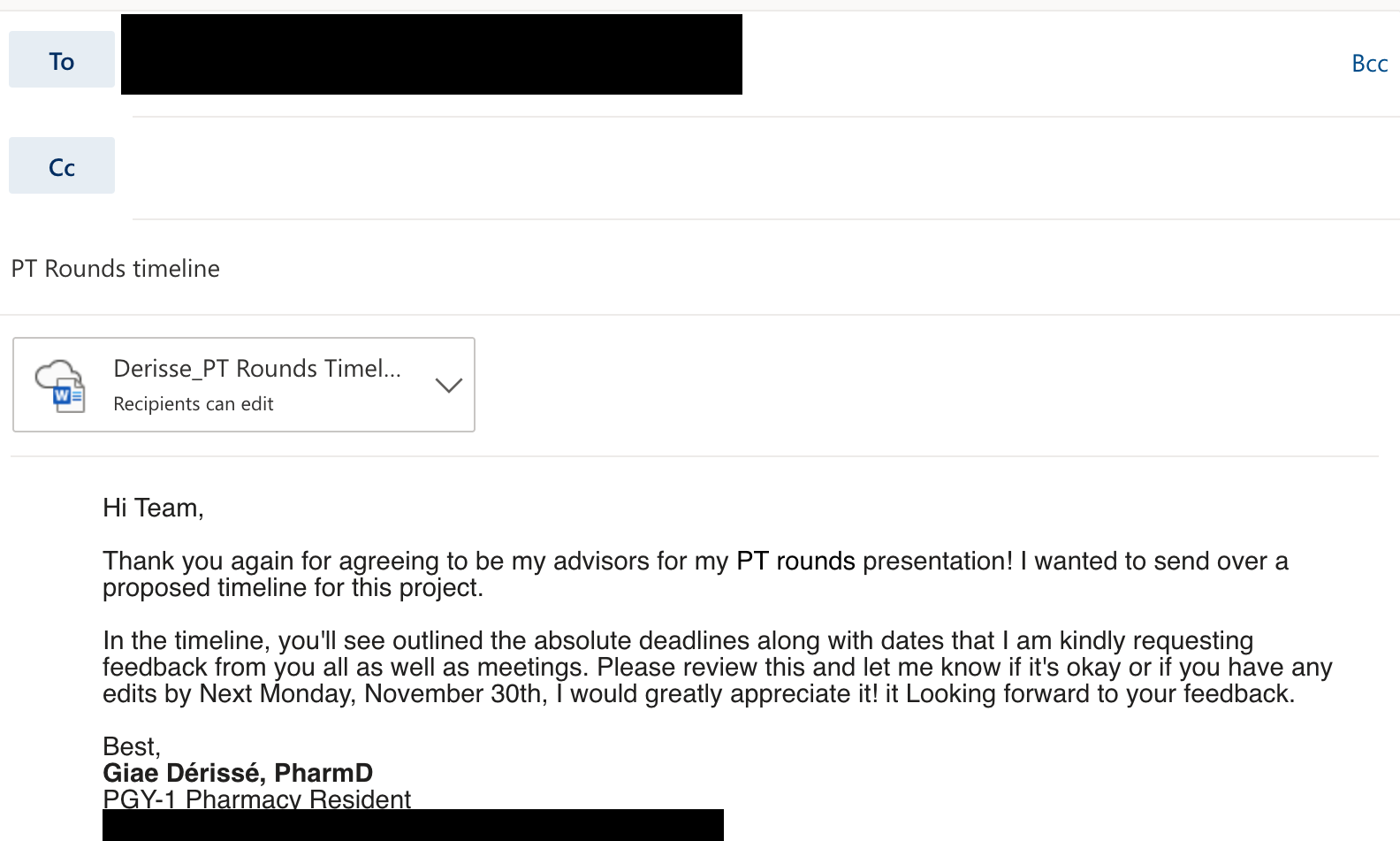
💊 Step 5: Once the Timeline is Approved, Put Those Dates in Your Calendar
Putting every single date in your calendar will help to keep you on track when you’re planning out your monthly and weekly to-do’s
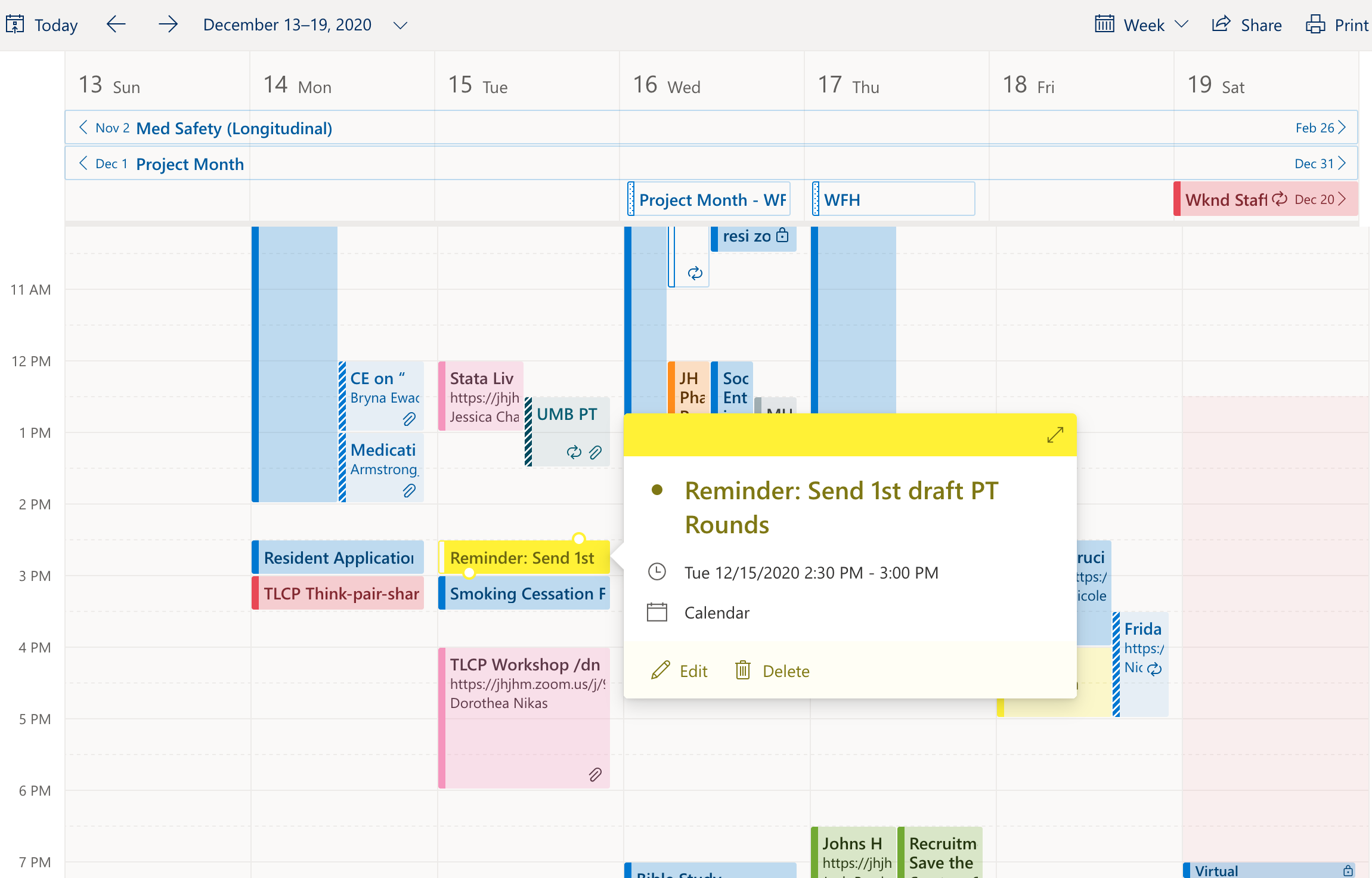
💊 GENERAL TIPS 💊
📝 To be frank, timelines only work if you stick to the deadlines – keep yourself accountable
📝 If you are requesting feedback from individuals by a certain date, and it’s 1 day before that date and you haven’t received feedback yet, just send a courtesy reminder email ~24 hours prior that you’re looking forward to their feedback on X date
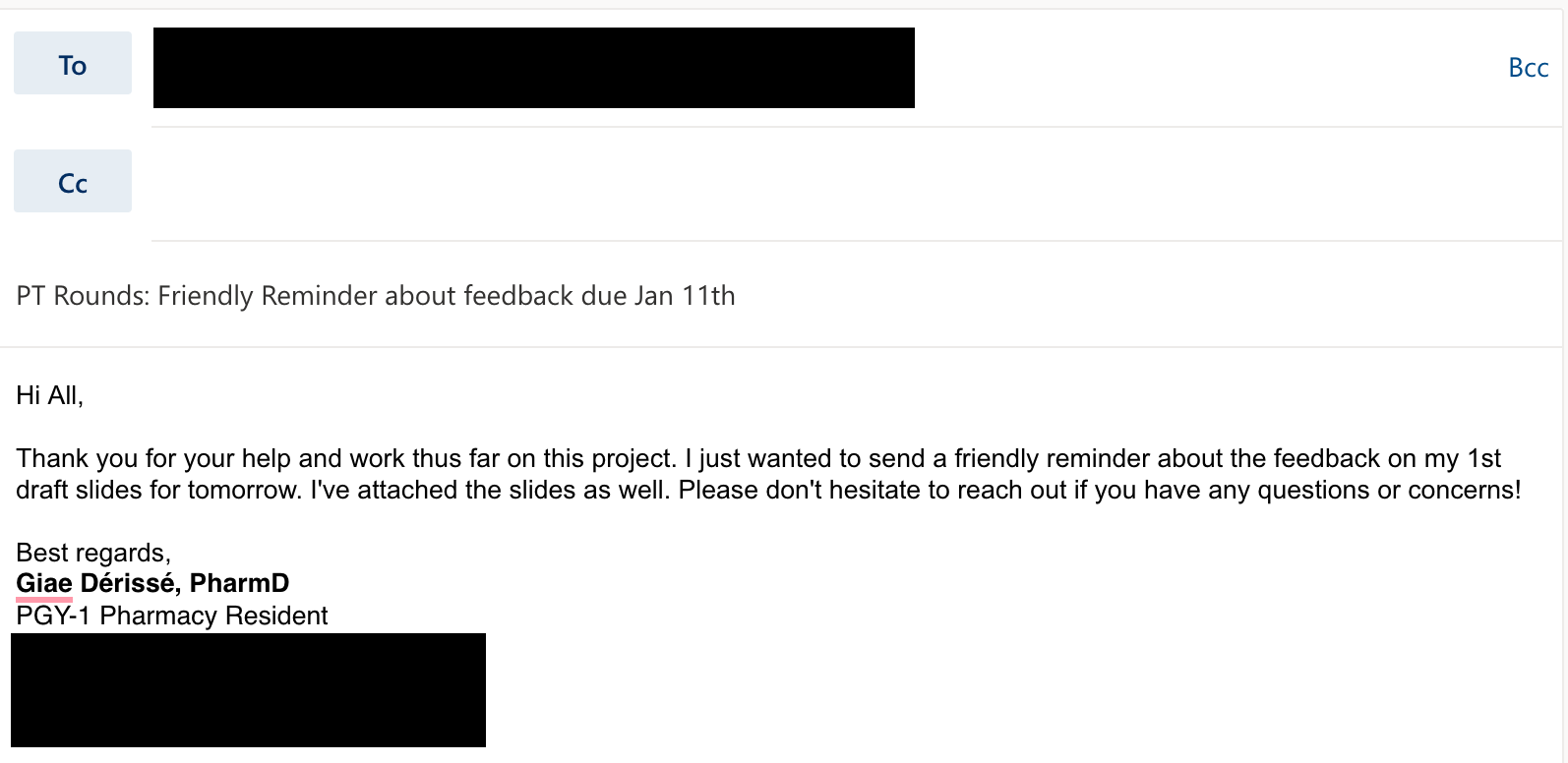
📝 Re-evaluate the timeline if needed.
- Things happen, schedules get shifted, and you may not get key information when you need to. Adjust your timeline and update your team accordingly
- Let’s say you made a timeline for a presentation but you were expecting key information that was coming from another source and that information didn’t come in time, what do you do? That’s when you adjust.
📝 Give a 2-3 day buffer before the absolute deadline and your personal due dates.
- For example, let’s say the absolute date your drug use evaluation project slides are due is Friday, April 9 2021, you should make your personal due date as Tuesday, April 6th so that JUST IN CASE there are issues, you have a buffer.
📝 Every time you send a draft or something that needs feedback, always include as a reminder the date of when you expect the team to send their feedback to you
- Example
Hi All, thank you for your feedback on my first draft, it was very helpful! I have attached the second draft to this email for your review and I’m looking forward to your feedback by August 2nd. Please let me know if you have any questions or conerns. Best, Giae
📝 Use a cloud-based service
This allows everyone to edit the same exact document so that all the edits are on one document for everyone to see and so that you aren’t clicking through multiple documents so like Microsoft Office, Google Drive, or whatever system your hospital uses
📝 The more people involved, the more time you’ll need in between deadlines for feedback and the earlier you should get started
📝 For longitudinal projects, try to have multiple standing meetings with your team that you schedule in the calendar in advance and send them a calendar invite.
- It’s a good way to always check in with your team and go over important information.
Other Examples of My Timelines
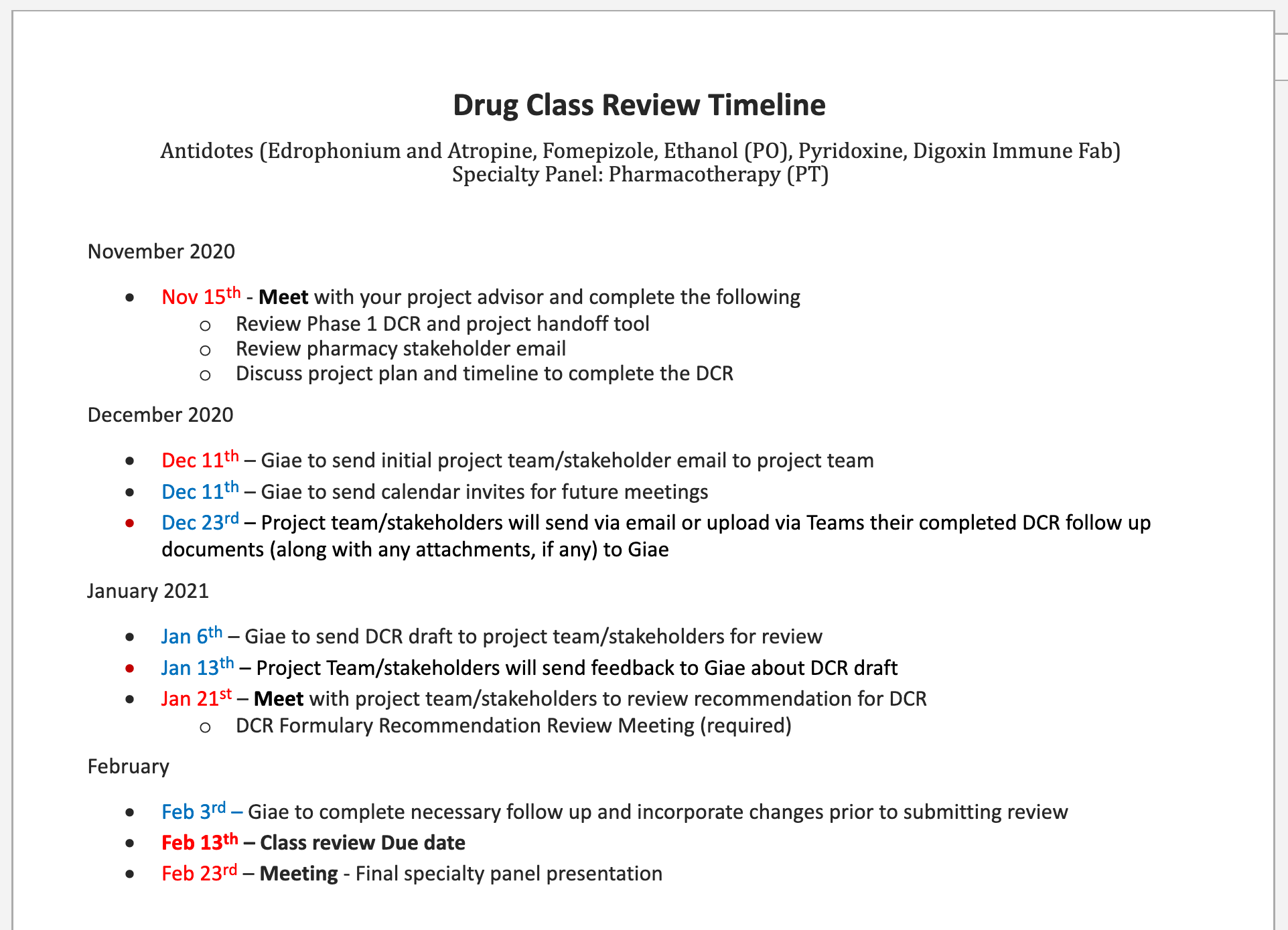

If you have any questions or want more tips on project management, let me know below or on Instagram!
Check out the Instagram Reel

